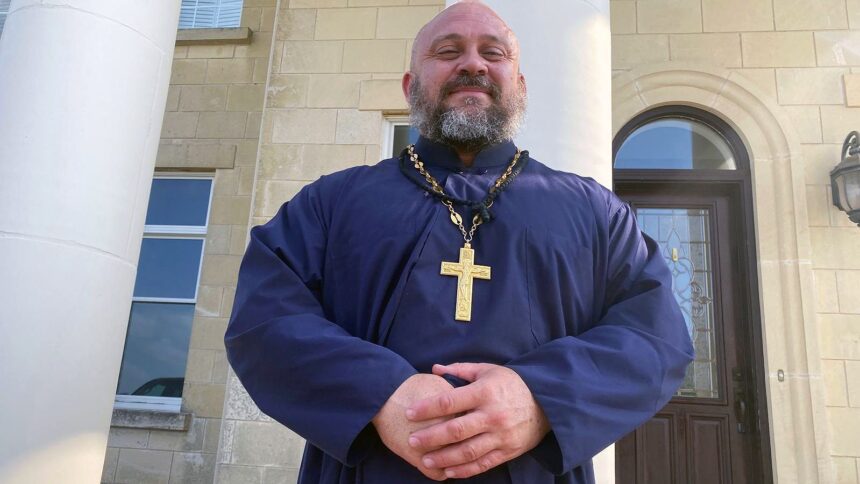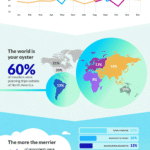Orthodox Christianity: Young US Men Joining ‘Masculine’ Russian Churches
In recent months, there has been a notable increase in young men in the United States gravitating toward the Russian Orthodox Church, drawn by teachings that emphasize a traditional vision of masculinity. Father Moses McPherson, a priest in Texas, has seen his congregation more than double in just a year and a half, largely thanks to a growing online following.
In a compelling YouTube message, Father Moses, a robust figure and father of five, promotes what he describes as “absurd levels of manliness.” In contrast to modern practices perceived as overly soft, such as wearing skinny jeans or even eating soup, he advocates for a rugged, masculine lifestyle. His weightlifting videos set to heavy metal music resonate with men seeking a renewed sense of identity in an increasingly complex world.
A Growing Community
Father Moses serves in the Russian Orthodox Church Outside Russia (ROCOR) located in Georgetown, Texas. An offshoot of the main branch in Moscow, ROCOR has been on the rise, particularly among individuals converting from various faiths. Over the last six months, Father Moses has guided 75 individuals through the baptism process.
He reflects on the appeal of Orthodoxy, stating, “When my wife and I converted 20 years ago, we called Orthodoxy the best-kept secret.” Today, however, the church has become a haven for young men dissatisfied with contemporary societal standards. Attending the Sunday liturgy, one can observe numerous men—many in their twenties and thirties—actively participating in prayer, embodying a refreshing dynamic within an ancient tradition.
Reclaiming Masculinity
Theodore, a software engineer who previously dismissed religion, articulated his sense of emptiness despite career success and a loving marriage. He noted how modern society often criticizes traditional roles like being the primary wage earner, branding it as toxic. “We are told that wanting to financially support a stay-at-home wife is outdated, but I believe that’s wrong,” he shared.
Many converts have opted to home-school their children, driven by a desire to prioritize family over career ambitions. Father John Whiteford, an archpriest from Spring, Texas, emphasizes that home-schooling ensures a solid religious foundation and protects children from modern ideologies.
Demographics of Conversion
| Year | Percentage of Male Orthodox Christians |
|---|---|
| 2007 | 46% |
| 2021 | 64% |
Research indicates a significant demographic shift within the church—men now comprise 64% of Orthodox Christians, increasing from just 46% in 2007. Many new converts attribute their faith journey to the Covid-19 pandemic, which propelled them to seek a spiritual community that emphasizes traditional values.
Cultural Perspectives
Moving beyond personal sentiments, the cultural climate is influential. For many, the Russian Orthodox Church is perceived as a bulwark against what they term “woke” ideologies. Converts like Buck, a firefighter, initially hesitated to join the community due to his appearance but found acceptance and a supportive environment.
Amidst the backdrop of a geopolitical landscape marked by tension, some view the Russian response to liberal values as a sign of strength. This perspective, encouraged by figures like Patriarch Kirill, has fostered a complex relationship with orthodox beliefs, drawing in those feeling disenchanted with the moral frameworks of Western society.
As the appeal of the Russian Orthodox Church grows, its community in the United States continues to evolve, offering a distinctive blend of tradition, faith, and a reinterpretation of masculinity that resonates deeply with a new generation.




